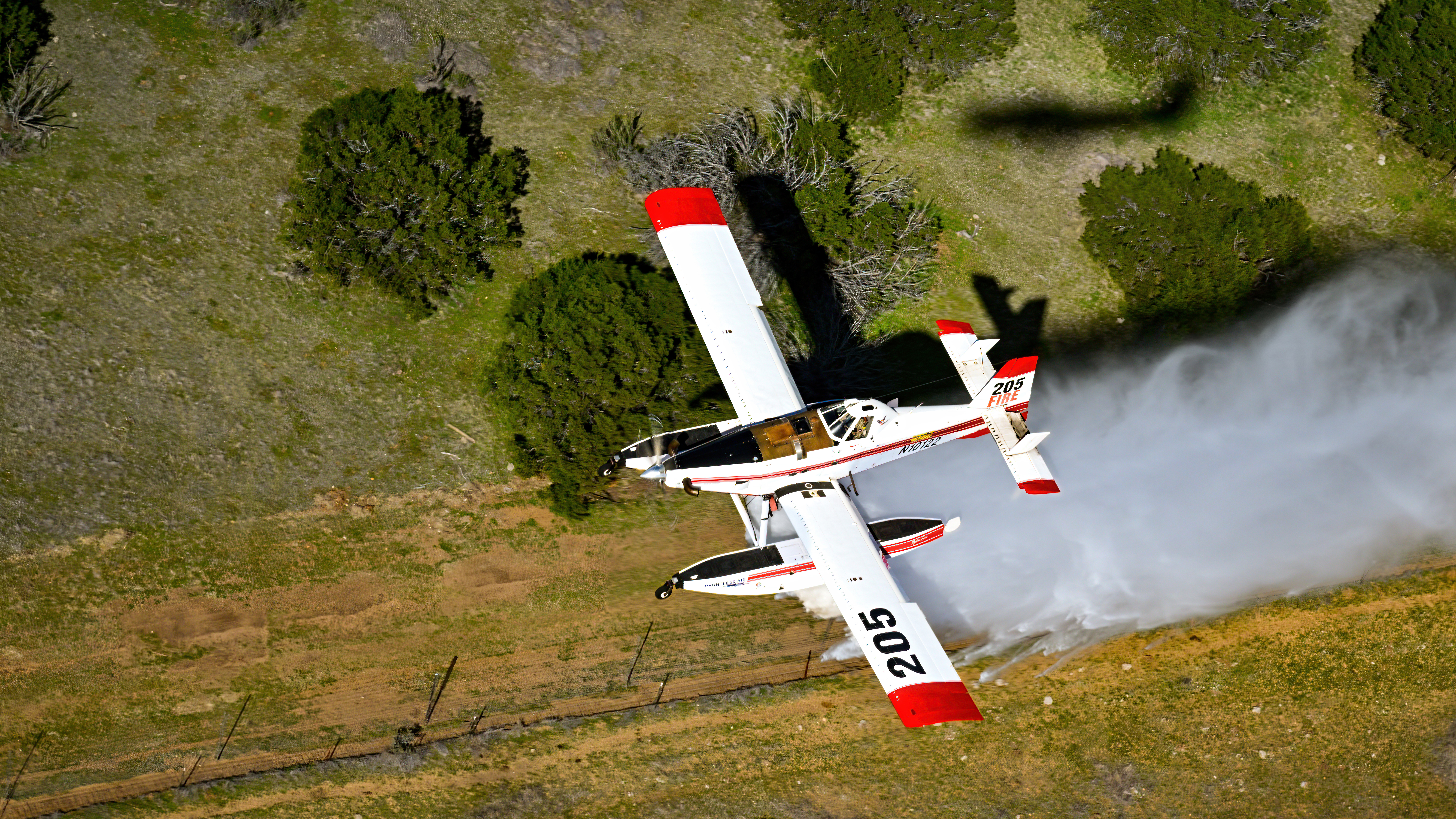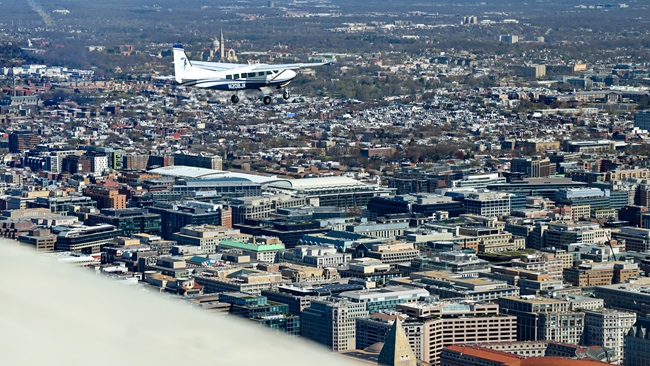AOPA Fly-in
September 8-9/Norman, Oklahoma (OUN)
Sooner or later
The first Sooners entered the Unassigned Lands in today’s Oklahoma before the Land Rush of 1889. Today the term’s a nickname for Oklahoma natives and residents. Sooners are well known for their hospitality; you’ll see when you touch down in Norman, Oklahoma, for the AOPA Fly-In September 8 and 9.
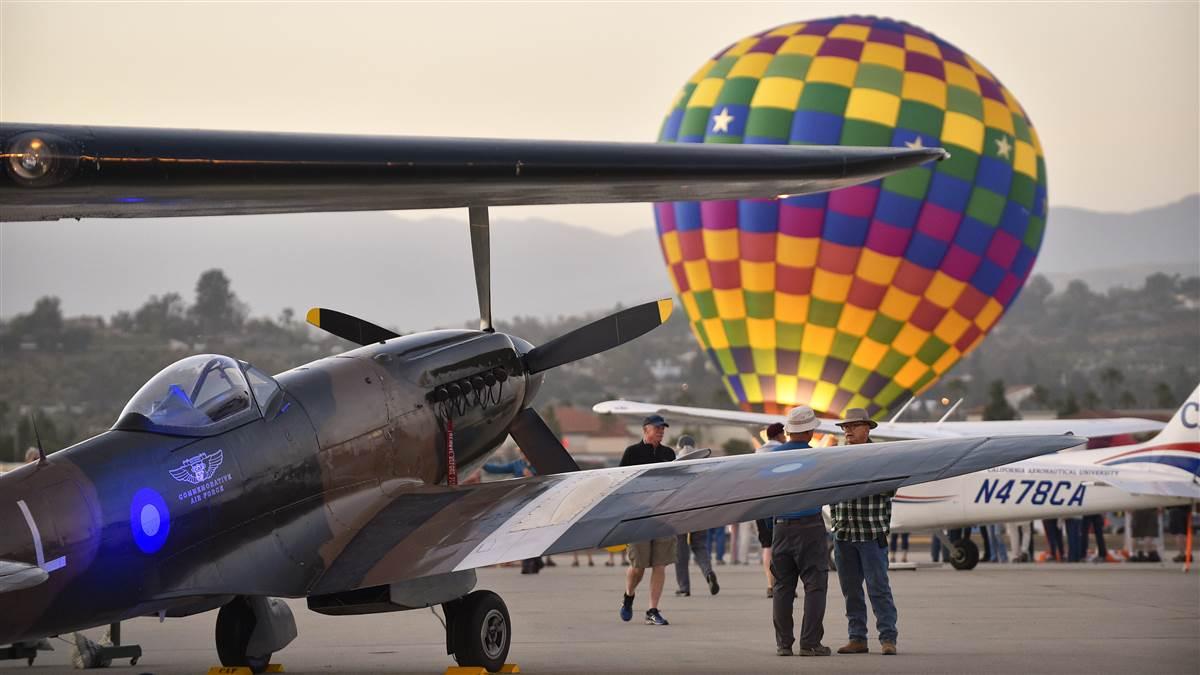
A storied history
Norman airport builds on its past
Oklahoma has a storied aviation history. Clyde Cessna flew his first airplane in the state, in 1911. Aviation pioneers Will Rogers and Wiley Post called Oklahoma home in the 1930s. The state saw explosive aviation growth during World War II, and aerospace is the second largest industry in the state today. Tinker Air Force Base is the Air Force Materiel Command’s largest repair depot, and Oklahoma’s largest single-site employer; the FAA’s Mike Monroney Aeronautical Center employs more than 7,000.
Nowhere is this history encapsulated better than Norman, where you can participate in the next chapter of the airport’s history by attending AOPA’s second 2017 Fly-In on September 8 and 9—and its first in Oklahoma.
The University of Oklahoma Westheimer Airport was built as a civil airport, primarily on land donated to the university by Walter Neustadt in honor of Ardmore oilman Max Westheimer. It was taken over by the U.S. Navy in 1941 and expanded to become Naval Air Station Norman, which was used for primary training—much of it in Boeing Stearman biplanes. The Navy also established a Naval Air Technical Training Center, called “South Base” by residents, south of the university to train mechanics.
After the war, both facilities were conveyed to the university, which continues to operate the airport. Nearly 300 acres that comprised the maintenance training facility have been redeveloped as the university’s research campus.
Today, Westheimer Airport offers contrasts. Oil wells on the field pump alongside state-of-the-art weather radar. The FAA-designated reliever has a 5,199-foot-long primary Runway 18/36 that can handle most business jets. The university contracts with an outside FBO, maintenance provider, and the operator of the popular Ozzie’s Diner restaurant in the terminal building—and does everything else itself, including the leasing of 40 airport-owned T-hangars and seven corporate hangars. There are 115 based aircraft.
“We just celebrated our seventy-fifth year of flight training,” said Ken Carson, director of the university’s Department of Aviation. The program made a fundamental shift in the 1980s, when Richard Van Horn—dean of the business college—became OU’s twelfth president. He recognized the unique business aspects of aviation, and an aviation management focus evolved.
The program has about 200 students, with about 110 flying every semester. It operates 24 airplanes, including 13 Piper Warrior IIIs, that conduct 10,000 flights per year, as well as five unmanned aircraft.
High-flying singer
Musician combines his passions
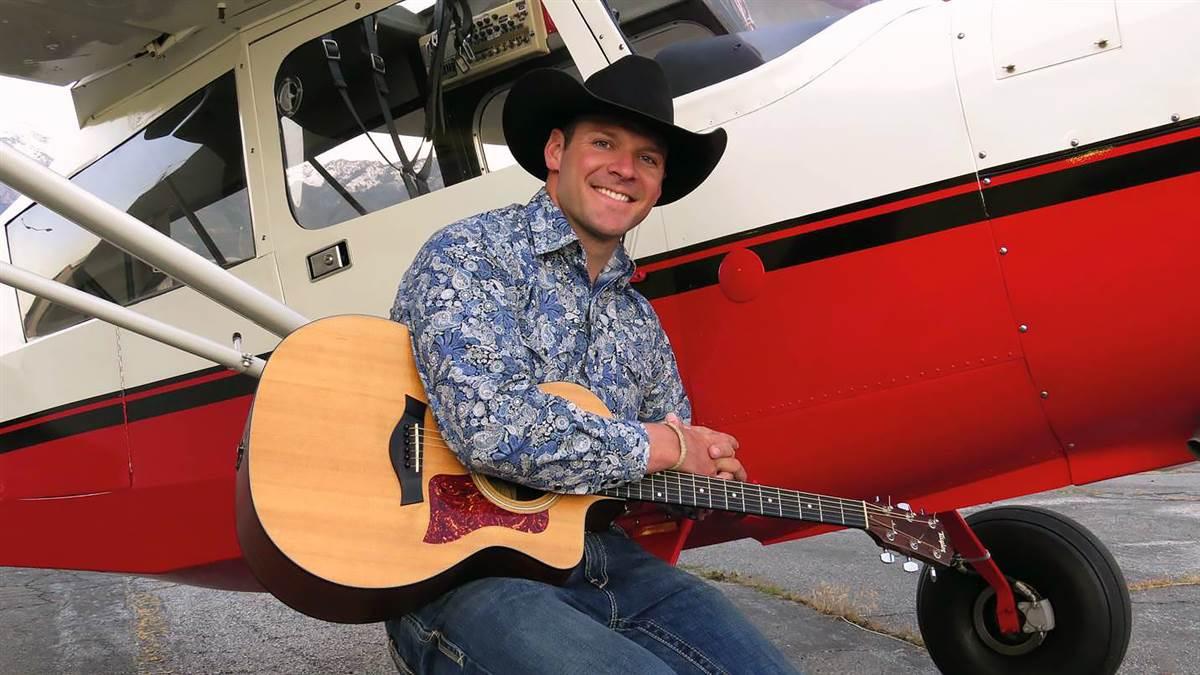 The Barnstormers Party at AOPA’s Norman Fly-In, on Friday, September 8, will feature unique musical entertainment by John Wayne Schulz—a cowboy, horse trainer, and flight instructor. Schulz grew up just south of San Antonio, Texas, where his family has raised cattle since 1857. “Even growing up in the ranching community, I’ve just always had my eyes up toward the skies—like a lot of people,” he said. “If I’m not training a horse, I’m training a student pilot.”
The Barnstormers Party at AOPA’s Norman Fly-In, on Friday, September 8, will feature unique musical entertainment by John Wayne Schulz—a cowboy, horse trainer, and flight instructor. Schulz grew up just south of San Antonio, Texas, where his family has raised cattle since 1857. “Even growing up in the ranching community, I’ve just always had my eyes up toward the skies—like a lot of people,” he said. “If I’m not training a horse, I’m training a student pilot.”
Schulz moved to Utah three years ago. “I wanted to learn to fly where there was high elevation, and to learn how to fly in all four seasons. And I’m glad I did. I’ve encountered things out here that I probably wouldn’t have encountered in Texas.” He completed a fast-track training program, becoming a pilot in 2014, and proceeding through CFII and MEI. Today he works as a flight instructor; serves in the Marine Reserves, where he’s assigned to a tactical squad; and trains horses.
Musically, his roots are in traditional country. “As long as I’ve been interested in aviation, I’ve loved singing. I was always singing as a kid,” said Schulz, who put together his first band at age 13 with musicians in their 50s and 60s—playing traditional country music by artists such as Johnny Cash, Merle Haggard, and Willie Nelson. That’s the sound he emphasizes today.
He tried out for American Idol in 2011, at his mother’s request, and made it to the final cut, just before 12 men and 12 women are selected for the live show—where the public votes for a winner. “That was a blessing in disguise. Right after I was cut from the show, my mother passed away from breast cancer.” Later, he did three overseas American Idol tours for deployed military, and in early 2016, he was asked to come back for the show’s final season.
Schulz sees a lot of correlation between teaching horses—which have strong body language—and teaching humans. “You can physically see the [student’s] body language change. Training horses has actually made me a better flight instructor, believe it or not.”
Arts and eats
Lots to see, try in downtown Norman
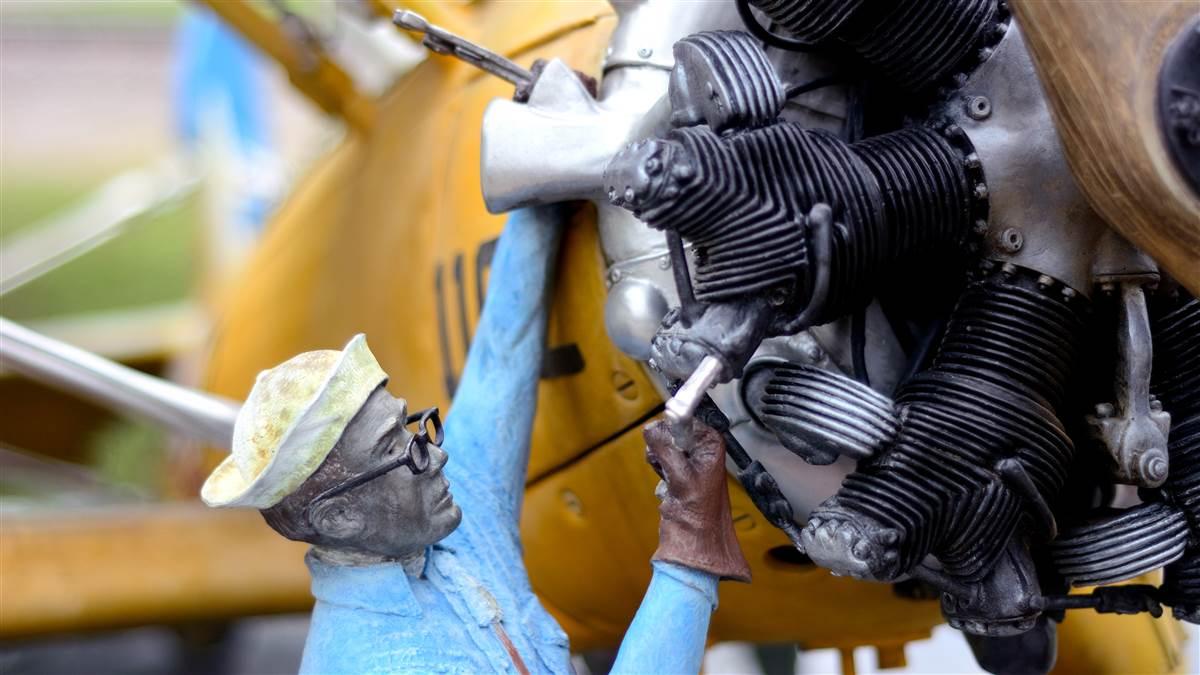 If you think a town the size of Norman, Oklahoma, population 118,040, couldn’t have a vibrant art scene—you’re mistaken.
If you think a town the size of Norman, Oklahoma, population 118,040, couldn’t have a vibrant art scene—you’re mistaken.
The tone is set by the University of Oklahoma’s Fred Jones Jr. Museum of Art, widely regarded as one of the best university art museums in the country. Its collection of nearly 17,000 objects emphasizes French impressionism, art of the American Southwest, and Native American art. The museum expanded in 2005, and again in 2011. Free admission is made possible by the university president’s office and the athletics department. The museum is closed on Mondays and university holidays. But art in Norman is not restricted to the museum. Sculptures, murals, and other art are displayed along sidewalks in many parts of the city, and small galleries and shops abound.
When you get hungry, head to historic downtown Norman. There, among the studios and galleries that line Main and Gray streets, you’ll find a range of dining, shopping, and entertainment in a compact, walkable district. A monthly Second Friday Art Walk is popular, and September 8 is the second Friday of the month.
Another area where dining and shopping abound is Campus Corner. The historic commercial district, which dates from 1917, is across Boyd Street from the university—just east of the art museum.
TOP 10 things to do and see
- University of Oklahoma. Founded in 1890, the campus today is home to several notable historic landmarks, architecture, and public art.
- National Weather Center. Learn how aviation weather is predicted. Join AOPA for tours of the National Weather Center on Friday.
- Campus Corner. More than 75 retail, dining, and entertainment facilities comprise this district, just north of the University of Oklahoma.
- 99s Museum of Women Pilots. Exhibits at this Oklahoma City museum include personal artifacts of Amelia Earhart.
- Fred Jones Jr. Museum of Art. See stunning collections of French Impressionist, Native American, and American West art. Admission is free.
- Historic Downtown Norman. This district blends art, architecture, entertainment, shopping, and dining.
- Sam Noble Oklahoma Museum of Natural History. Don’t miss the world’s largest Apatosaurus.
- Lake Thunderbird. Enjoy 86 miles of shoreline with water sports and rentals, hiking and biking trails, camping, and bird-watching.
- Oklahoma City, just 20 miles north, is home to the Oklahoma City National Memorial Museum, as well as restaurants, shops, and activities.
- Family fun. The HeyDay Entertainment Center and Andy Alligator’s Fun Park and Water Park offer laser tag, video games, miniature golf, and other activities.
Experience more
Dive deep with one of these four workshops
New to the AOPA Fly-In programming is an exciting Friday schedule that gives pilots a chance to attend one of four seven-hour workshops (at a cost of $105 for members, $155 for nonmembers, and $75 for spouses, with online preregistration required) offering what AOPA Director of Outreach and Events Chris Eads describes as “an intensive, deep dive” into hands-on, experiential learning on selected vital topics.
Pilots interested in attending the Friday sessions can arrive Thursday afternoon and camp out. Then head for the pavilion that hosts the workshop of your choice, including Skills and Safety, You Can Fly, Aviation Experience, or Maintenance and Ownership. Lunch is included in the workshops’ cost.
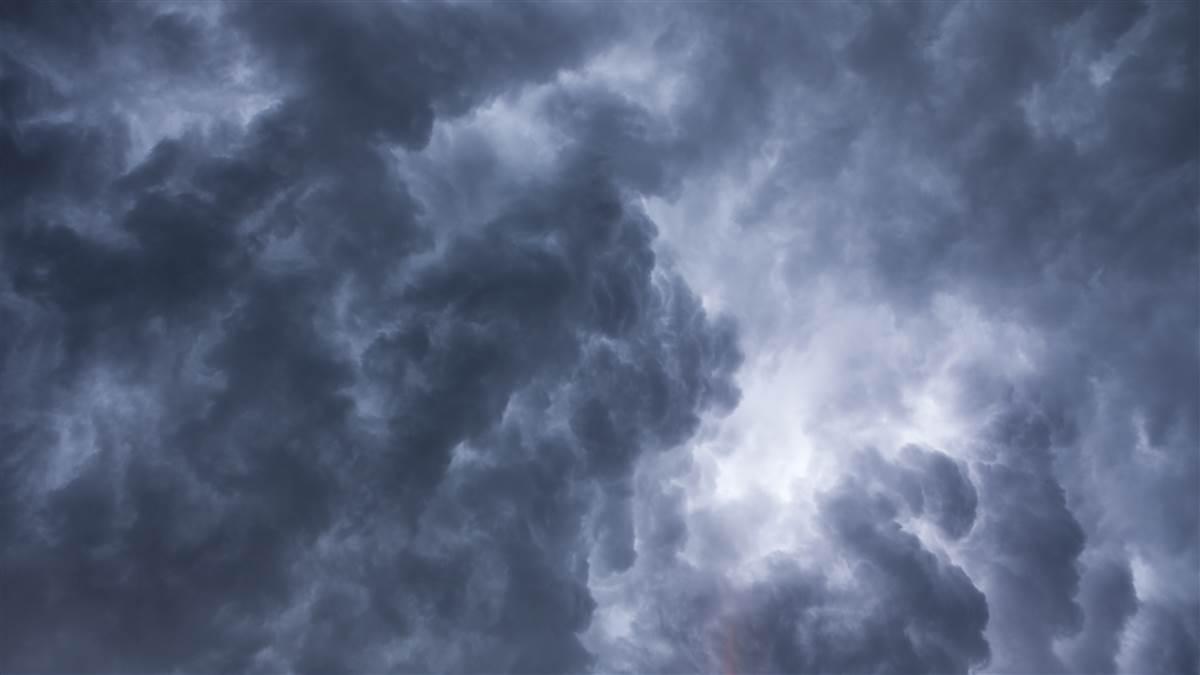 Understanding aviation weather
Understanding aviation weather
What you’ll learn:
An intensive all-day workshop on understanding aviation weather will be held at the National Weather Center.
- Gain insights into how forecasts are developed, and how you can apply this knowledge to your in-flight decision-making.
- Learn to make sound decisions about flight in various weather scenarios.
- Explore in-depth weather scenarios from all four seasons.
- Develop specific skills and understanding for winter weather flying.
Presenters include National Weather Center meteorologists and faculty from the University of Oklahoma.
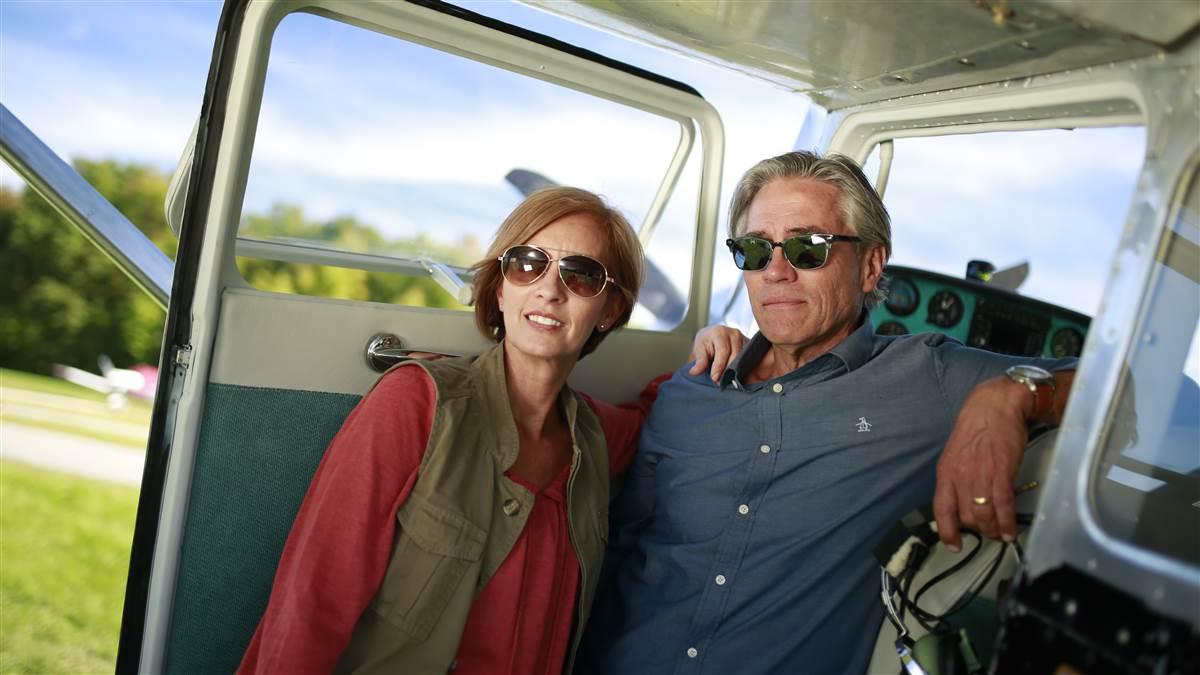 Pilot plus one: Combining learning, inspiration, and adventure
Pilot plus one: Combining learning, inspiration, and adventure
What you’ll learn:
Fun and learning for both pilot and companion.
- Discover how to use the aircraft to build great experiences with fun destinations, photography, and getting the most out of where and how you fly.
- Address the fear of flying that both pilot and passengers may feel.
- Teach nonpilots how to participate and help their pilot companion.
- Learn about safety and emergency preparedness to make the companion confident and secure.
Presenters include Pilot Getaways magazine’s George Kounis, companion flying experts Jolie Lucas and Janet Maxwell, world-rounding pilot Robert DeLaurentis, and award-winning photographer Jim Koepnick.
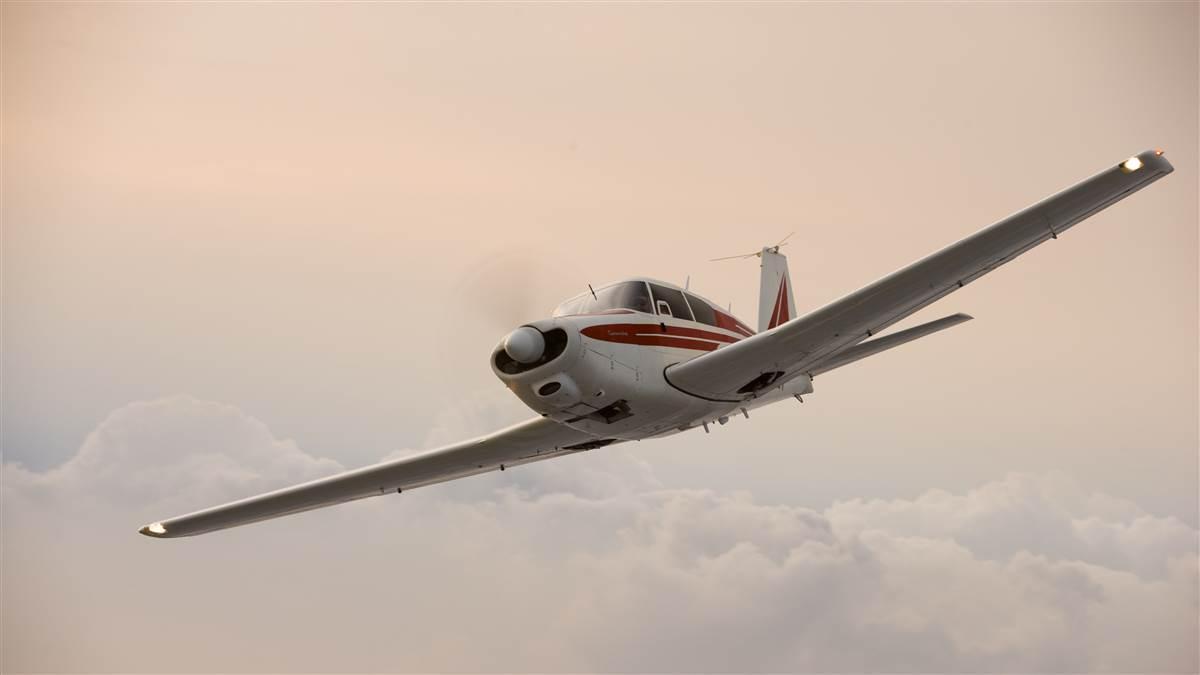 IFR refresher course: Returning to instrument proficiency
IFR refresher course: Returning to instrument proficiency
What you’ll learn:
Designed for instrument-rated pilots who have not flown IFR for a long time.
- Ground school refresher and preparation for your next instrument proficiency check.
- Reorient to the rules and regulations, refresh on IFR procedures.
- Build a practice IFR flight to include flight planning, weather decision making, approach briefing, missed approach planning, and more.
- Explore aircraft loss of control in IMC and other IFR accidents and apply lessons learned.
Presented by experts from Rainier Flight Center, with thousands of hours of IFR instruction experience; includes video reenactments from the AOPA Air Safety Institute.
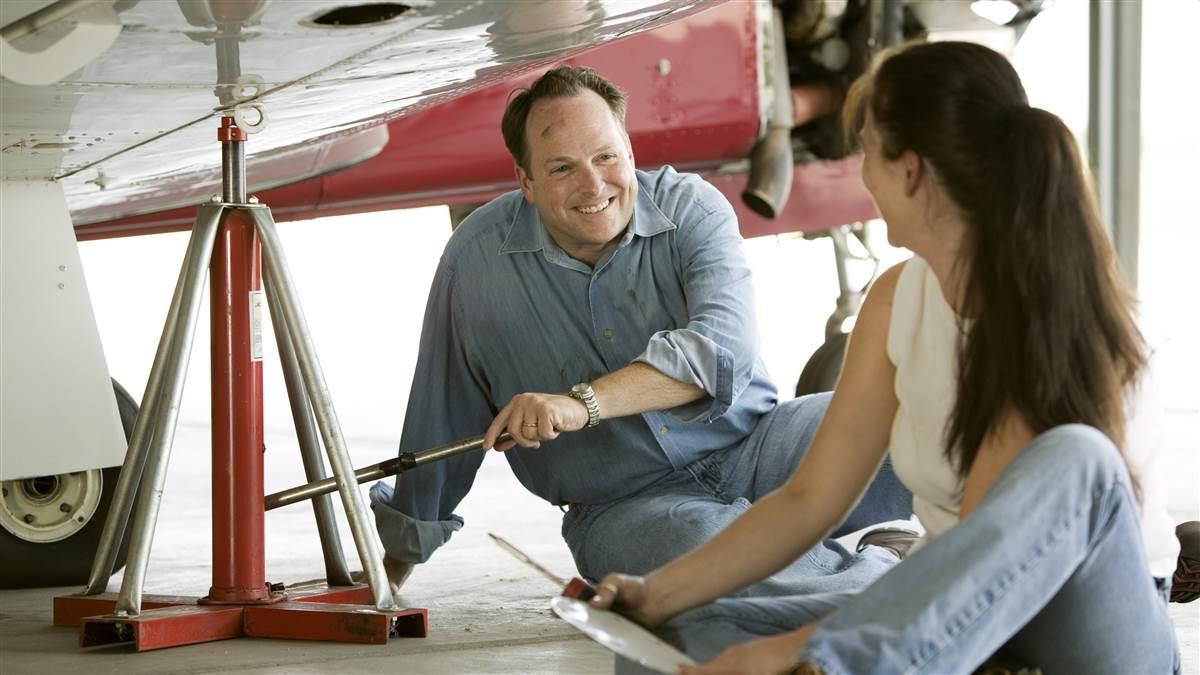 Owner-guided maintenance: Managing your aircraft maintenance
Owner-guided maintenance: Managing your aircraft maintenance
What you’ll learn:
Discover how you can be the manager of how your airplane is maintained.
- Learn about the preventive maintenance items you can perform as an owner.
- Learn how to manage and guide the annual inspection process.
- Hands-on engine and airframe labs as participants work on aircraft.
- Learn about engine health and what your engine is telling you.
Presenters are mechanics and maintenance experts Adrian Eichhorn, Mike Busch, and Paul New.
